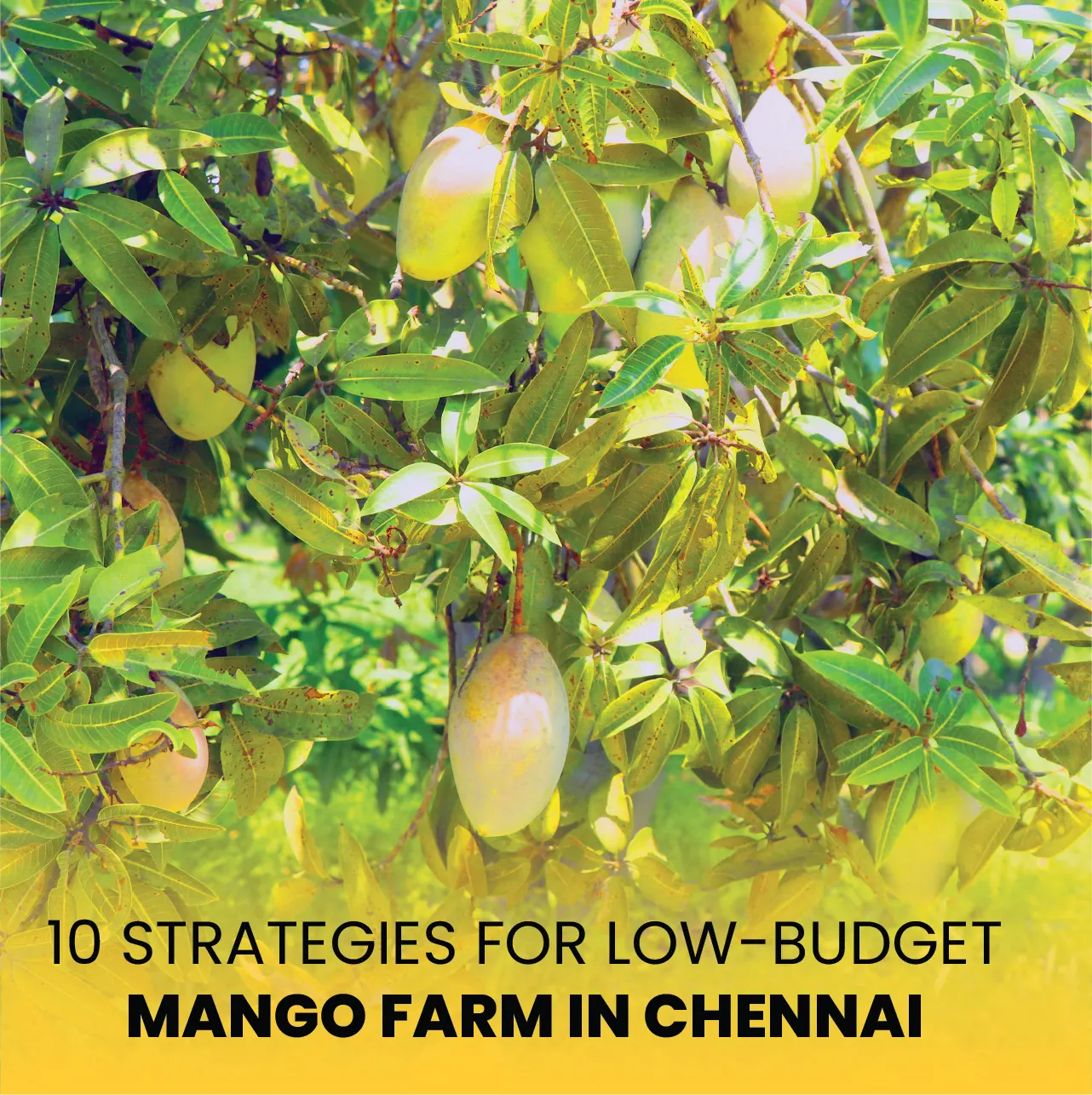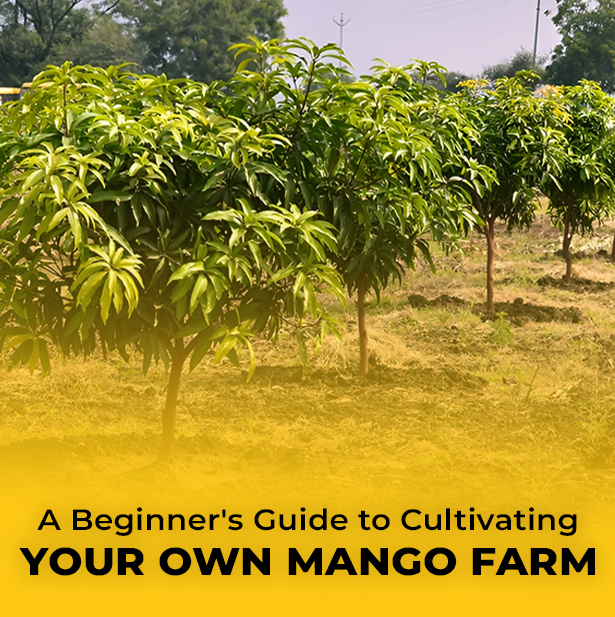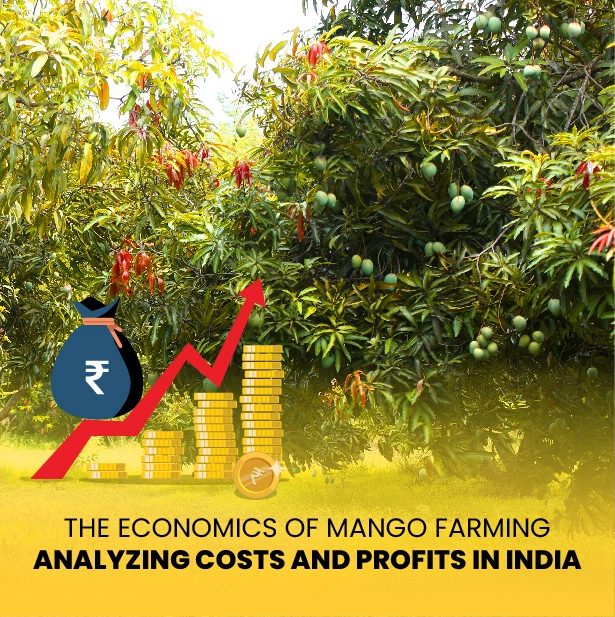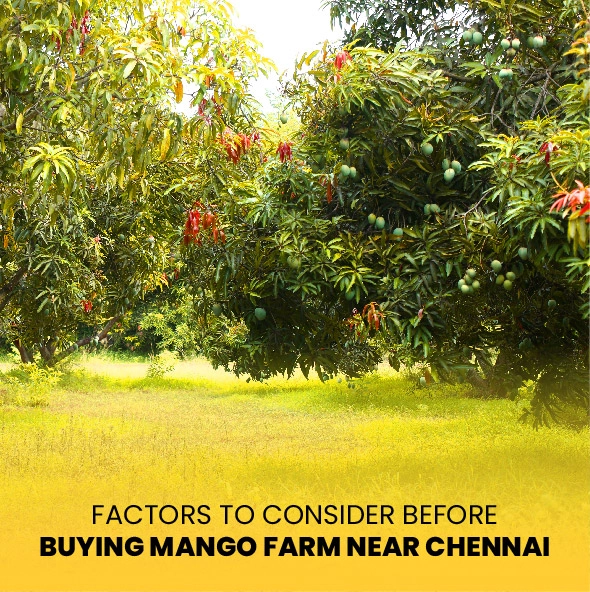In the rural region of Malihabad in Uttar Pradesh, India, lives an amazing man whose name is associated with the king of fruits: the mango. Renowned gardener Kaleem Ullah Khan, sometimes known as the "Mango Man of India," has single-handedly raised over 300 kinds of mangoes on one tree. His efforts are not only a testament to a lifetime love of conserving and increasing the variety of this treasured fruit, but also an example of agricultural innovation.
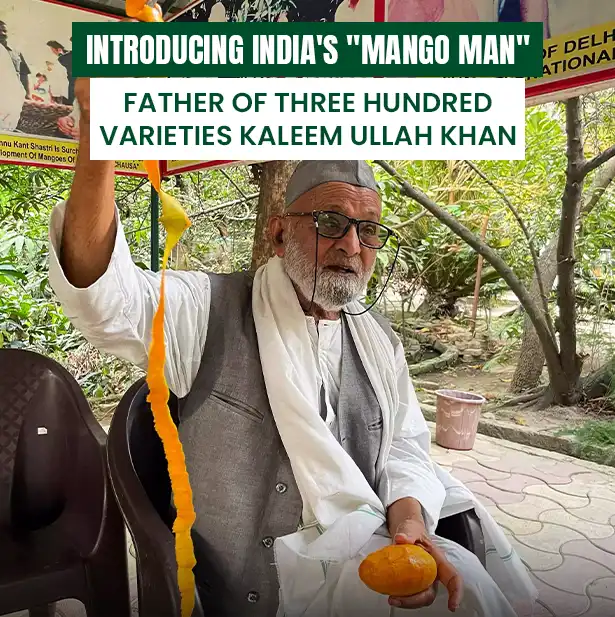
Kaleem Ullah Khan started his mango adventure in childhood. Growing up in a household strongly anchored in farming, he lived surrounded by orchards and became fascinated with mangoes. Growing addicted to this love, he decided to dedicate his life to cross-breeding and farming several mango varieties. His Malihabad farm evolved over the years into a living laboratory, where he tested grafting methods to produce fresh and distinctive variants.
The pillar of Khan's amazing work is a 100-year-old mango tree that bravely resides on his land. This tree is the height of Khan's dedication to invention; it is not your usual tree. By means of a rigorous procedure of grafting, Khan has turned this tree into a botanical wonder by using a rigorous grafting procedure, producing around 600 different kinds of mangoes. Every branch of the tree generates a different variety of mangoes, each with a unique colour, size, form, and taste. Some are sweet, some are sour; others combine the two, while others fall in between. The broad range of fruits on this one tree reflects Khan's unmatched knowledge and relentless commitment to his vocation.
Khan's creations have drawn praise from outside critics in addition to national recognition. His major contributions to the subject of horticulture have earned him several honours, including the much-esteemed Padma Shri award from the Indian government. Despite his popularity, Khan maintains his humility and works hard on his farm, caring for his beloved mango trees and looking for new directions for mango growing.
For several reasons, Khan's work is distinctive; one of them is his commitment to uphold the age-old techniques of mango grafting while still embracing invention. His ability to combine the old with the modern has helped him create things that are not only unique but also resistant to the consequences of changing weather patterns. Future generations will be able to appreciate Indian mangoes because they are flexible, which will help them continue to appreciate their diversity and delicious taste.
One hundred years old, Khan's mango tree is a living legacy reflecting the work he has done during his life rather than being a monument to agricultural success. The tree, which has developed into a symbol of hope, resiliency, and the infinite possibilities that nature has to offer, often leaves visitors to his property in wonder. Khan calls it the "Tree of Dreams," which he regards with great respect, and for good reason. It is a reflection of the dreams of a small child growing up to be among the most well-known horticulturists on the whole planet.
Kaleem Ullah Khan's life inspires farmers, horticulturists, and anyone who loves fruit everywhere. His relentless quest for greatness and his unshakeable dedication to his trade provide a potent illustration of how enthusiasm, when coupled with hard work, may produce extraordinary accomplishments. Apart from helping mangoes' biodiversity to rise, Khan's work has inspired a fresh generation of farmers to look at the possibilities of grafting and cross-breeding in horticulture.
Known as the "Mango Man of India," Kaleem Ullah Khan has had a lasting effect on the agriculture farming sector worldwide. His Malihabad farm honors the work he has done all his life. Even one tree on this property tells the story of his commitment, inventiveness, and appreciation of the natural surroundings. The tree, one hundred years old and with three hundred distinct varieties of mangoes, is a living tribute to Khan. This ensures the recognition of his contributions to the mangoes field for many decades to come.
Kaleem Ullah Khan's art reminds us of the need for biodiversity and the beauty of the countless opportunities that nature offers in a society that is increasingly monocultured. From a farmer in a little village to a worldwide horticultural hero, his narrative is one of passion, will, and the search for excellence. For many years to come, this narrative will keep motivating and nouraging people.






